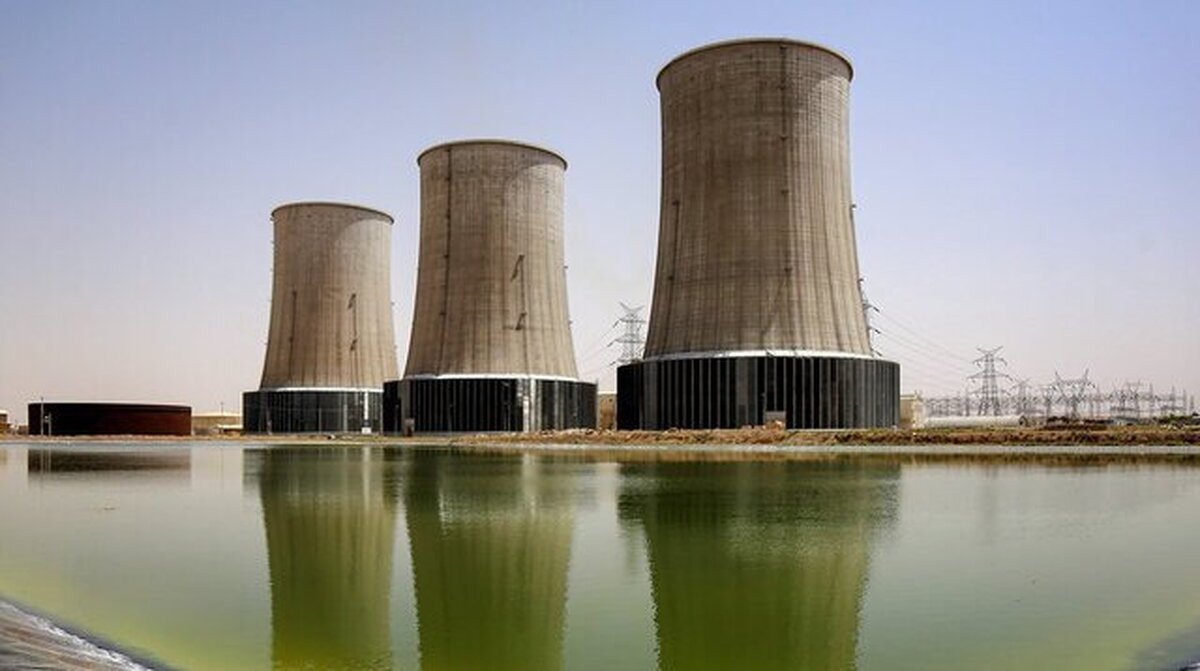
Iran, Russia to Commence Power Grid Harmonization
EghtesadOnline: Executive operations to harmonize Iran and Russia’s electricity grids are expected to start in September, a deputy energy minister said.
“Feasibility studies on the synchronization of the two countries’ power grids, which started in 2018, have yielded good results and work to connect the networks will start early fall,” Homayoun Haeri was also quoted as saying by Barq News.
“There are two routes through which our power grid can be connected to Russia’s; one is via the Republic of Azerbaijan and the other through Armenia and Georgia,” he added.
In 2015, Iran and Azerbaijan signed an MoU on the exchange of electricity.
Iran’s annual electricity export to neighbors is close to 6 billion kilowatt hours with the bulk going to Afghanistan, Pakistan and Iraq.
Azerbaijan and Armenia supply close to 700 megawatts to Iran under a swap agreement.
“In 2018, Azerbaijan, Russia and Iran created a working group to conduct feasibility studies to synchronize their power systems, which has now been completed.”
The workgroup included 18 people (six from each side) with a mandate for undertaking a feasibility study on integrating the power systems of the three Caspian states to create the North-South power corridor.
In 2020, Azeri Foreign Minister Jeyhun Bayramov met his Russian counterpart Sergey Lavrov in Moscow and voiced his country's support for the implementation of some joint projects, including the construction of the International North-South Transport Corridor.
Construction work is in progress for the third Iran-Armenia power transmission line, the completion of which will boost the potential of electricity trade not only between the two countries but also with Georgia and Russia.
Work on the high-voltage transmission line is expected to become complete by fall. The line is designed to boost Armenia’s electricity export to Iran that is paid for with natural gas via a 140-km gas pipeline.
As per the 2004 deal, Iran sells gas to Armenia and in exchange imports electricity in summer. Iran's natural gas is used by the republic to generate electricity that is exported to Iran.
Tehran receives 3.2 kilowatt-hours of electricity from Yerevan in exchange for 1 cubic meter of natural gas.
Power Loss
According to Haeri, power loss in distribution and transmission lines nationwide, which extends over 1 million kilometers, has declined to 10%.
The wastage has fallen by 5% compared to 2014 when it was as high as 15%. Replacing aging equipment, lines, utility posts, cables and electric meters, and fighting illegal use were among measures adopted by utilities to reduce the loss, he added.
Wastage in the grid decreased to 14% in 2015 and the descending order continued to reach 13%, 12%, 11%, 10.5% and 10% in 2016, 2017, 2018, 2019 and 2020, respectively.
Plans are underway to reduce it to 9% by 2022.
“The substantial decline helped us save 17 billion kWh of power in the five-year period,” the official said.
Although power loss in Iran is still high (close to 6,000 megawatts per day), it is less than in Brazil, Turkey, Hungary, India and Croatia.
Iran ranks seventh in terms of power wastage in the world. Iraq (50.6%), India (19.4), Pakistan (17.4%), Brazil (15.8), Turkey (14.8) and Mexico (13.7%) are the top six.
According to Energy Ministry reports, $500 million are required to cut electricity waste to less than 9%, in which case Iran will have the same ranking as Portugal and Spain.
Power wastage in China, the US, France, Italy, England, South Africa and Canada is as low as 5.5%, 5.9%, 6.4%, 6.7%, 8.3%, 8.4% and 8.9% respectively.
Global average power loss is around 8.3%, still a far cry for Iran.
Improving Efficiency
Referring to the efficiency of thermal power plants, Haeri noted that the figure, which stood at 38% in 2017, has now increased by 1% to reach 39%.
“The rise in efficiency has helped us save 7.5 billion cubic meters of natural gas in power stations over the last four years,” he added.
An estimated 44 billion cubic meters of gas are consumed annually in Iran’s 123 thermal power plants that produce 300 billion kilowatt hours of electricity, such that a 1% rise in efficiency helps cut gas use by 1 bcm per year.
Last year, nine steam units with a capacity of 1,500 megawatts became operational in Kermanshah, Tehran, North Khorasan, Bushehr and Mazandaran provinces.
Referring to projects underway to further boost efficiency, Haeri said four steam units in Heris Combined-Cycle Plant (East Azarbaijan), Jahrom Power Plant in Fars Province, Urmia Power Station (East Azarbaijan) and Chabahar Power Plant in Sistan-Baluchestan Province will come on stream by September.
The construction of three F-class gas turbines with 58% efficiency will be completed in Tehran in the current fiscal year (March 2021-22) and raise average power plants’ efficiency to 42%.
The modern turbines consume less gas and are environmentally-friendly.
Electricity generation in a simple- and combined-cycle power plant rises to 40% and 59%, respectively, with the help of F-class turbines manufactured by MAPNA Group, Iran's engineering and energy giant.
Energy efficiency of a conventional thermal power station is typically 38% while those of combined-cycle systems are higher (around 55%).


